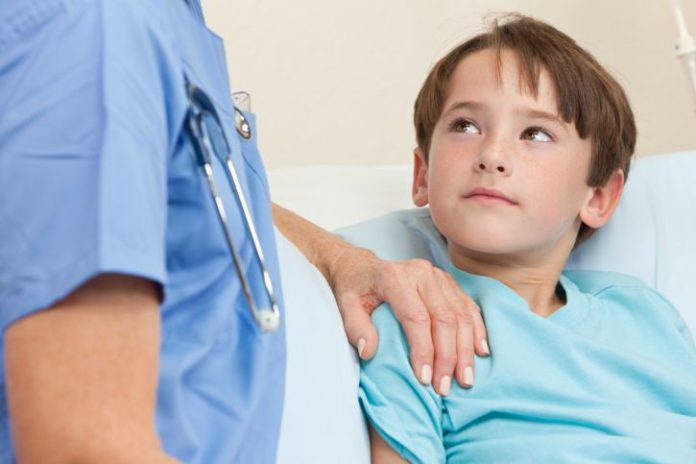Almost 50% of child injures requiring treatment in emergency departments are linked to consumer products, but a lack of detailed hospital records is restricting child safety experts from identifying if a product fault or misuse is the cause, a QUT study has found.
Dr Jesani Catchpoole, from QUT’s Centre for Accident Research & Road Safety – Queensland (CARRS-Q), is presenting her research at the 12th Australasian Injury Prevention and Safety Promotion Conference being held in Sydney from November 25-27.
Dr Catchpoole said keeping kids safe was being hindered because hospital records were inadequately describing how an injury occurred.
“What we know is that children 17 years and under are at a significantly higher risk of a product-related injury compared to adults,” she said.
“In a study of more than 7700 cases, we found 44% of injuries at emergency departments were associated with a consumer product.
“The problem is that in 13% of cases, how the product was involved in the injury event, was unable to be determined.
“So we don’t know if the injury was caused by a product defect, product misuse or if the product was just simply there at the time of the injury.”
Dr Catchpoole said the implementation of the Australian Consumer Law in 2011 highlighted the need for better use of injury data to improve the effectiveness and responsiveness of product safety initiatives.
But she said it was a challenge to implement injury prevention without adequate detailed injury records.
“One of the challenges in developing injury prevention strategies is not knowing how a product is related to an injury,” she said.
“From the 7700 cases of child injuries involving consumer products, 6% are due to a product defect or misuse but we expect this figure to be much higher given the lack of detail or accuracy in hospital records.
“A 13% gap in knowledge leaves a big hole in our understanding of how kids are being hurt.”
She said the results showed 25% of product-related injuries were caused by product proximity, where a product may not have been the main cause of injury, but was present at the time of an injury event.
“For example, a child falling off a trampoline, bike or a bunk bed is not necessarily indicative of a faulty or damaged product so its involvement in the injury is classed as a proximity-related cause.
“From this information, product safety experts can develop initiatives that aim to prevent product-related injuries.”
“Injury data plays a significant role in identifying the types of products involved in injury cases, it is pivotal in establishing the main cause of injury whether the product or the person is to blame for the injury and is essential in injury prevention.”
Dr Catchpoole said hospital data was still the most valuable asset in keeping kids safe, therefore the solution was to work with emergency department staff to improve how injury data was documented.
A symposium focusing on keeping consumers safe was also held at the 12th Australasian Injury Prevention and Safety Promotion Conference, bringing together product safety researchers, regulators, industry representatives, clinicians and KidSafe to discuss future initiatives to prevent product-related injuries.
Dr Catchpoole’s research is titled Identifying the Causality of Product-related Injuries in Emergency Department-based Injury Surveillance Data.
(Source: Queensland University of Technology)










